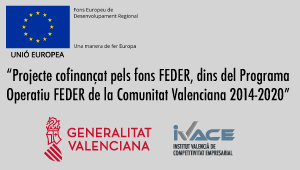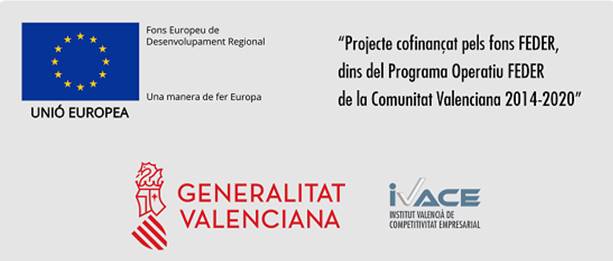Nowadays, we could talk about a 360º campaign, since it usually covers several channels in a way that can impact the user in different ways and, consequently, it generates a better memory and brand notoriety.
Both the offline and the online channels have their limitations separately, so creating a joint strategy will always improve the results. For example, television offers a huge coverage, however, the penetration is very low as it is a mass medium. The same could apply to other formats of traditional advertising such as billboards or press. On the other hand, online marketing usually offers better penetration results, since the possibility of segmentation is much greater, in addition to other factors. However, it is difficult to get very high coverage.
For that reason, since a certain time ago, the differentiation between marketing online and offline became somewhat obsolete, the channels must adapt to the strategy and we must use the most interesting ones for our campaigns based on the previously established objectives.
Normally, this type of actions is proactive and interactive, that is, they encourage the user to perform an action or to interact with the brand, which the user will be grateful for, since he will also live a different experience than usual, as far as terms of marketing and communication is concerned.
There are certain factors and keys that we must consider to correctly apply the blended marketing:
- Know how and when your target audience consumes information
Depending on our product or service, we will have to evaluate which means or channels are more related to our target and how to positively impact.
- Study the purchase route or Conversion Funnel
This is a crucial part because if we know some of our users’ purchase patterns, we will know exactly with what means we can impact them at all time.
- Think about the user: it is a strategy to facilitate and not to hinder
When we think of blended marketing actions, we often make the mistake of complicating the process too much, and we may lose the user, or he may not follow the off / on a route we were looking for.
Let’s take a quick example to understand it better. We know that a segment of our target group likes to make the purchase through their mobile phone and, nevertheless, they do not wake up a lot of interest while they browse. But we also know that this segment consumes television and that it generates an impact on him/her. Therefore, we can make a television campaign in which we offer a discount code for purchases made through the mobile device.
Perhaps the most representative or clear examples – for this concept to be correctly understood – are QR codes, codes like those of bars that you can find in physical media (pamphlets, triptychs, business cards, bus stops, etc.) and that with this mobile device, you can scan and access to the online content.
Another very clear example is the issue of hashtags and social networks. Surely, we have seen a program on television that has a hashtag (#) to comment on social networks in such a way that watching the program on television, I follow it and I am commenting it on networks which promotes the existence of greater online interaction for it.
In short, there are many possibilities to enhance the actions of blended marketing, on which complex but very fruitful strategies can be created. What is clear is that we must take marketing as one and not differentiate between off and on, because in the end all -both off and on- are channels that we have at our disposal and that using them together we will achieve better impacts at the right times.




